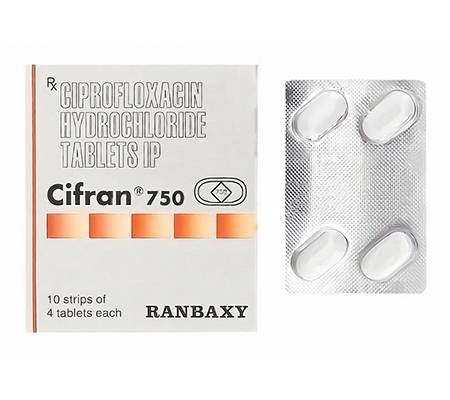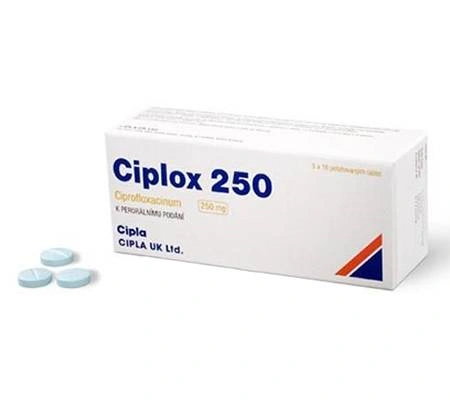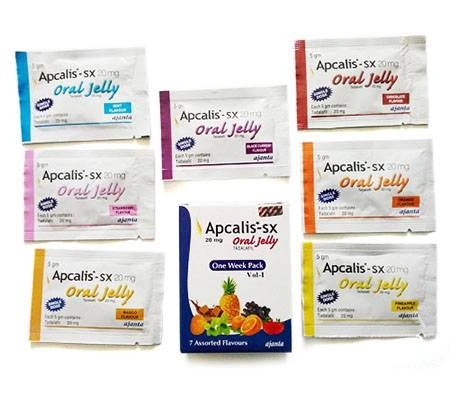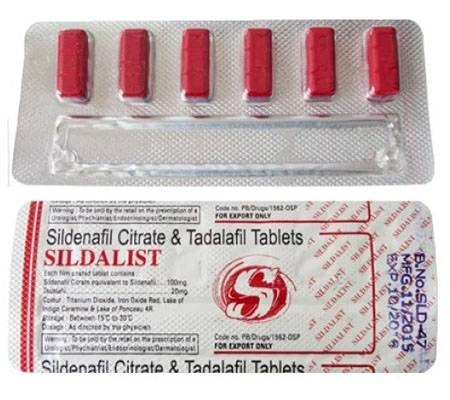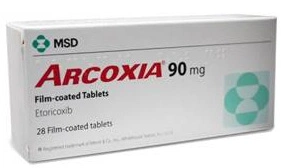
- SKU 638469011144287654
Generic Anaprox 500 mg 270 pills
- dosage mg 500 mg
- Ingredient Naproxen
- pills 270 pills
Select product
Description
Naproxen is available in two prescription formulations: standard naproxen and naproxen sodium. The sodium variant incorporates sodium ions to enhance dissolution and absorption rates, though both formulations demonstrate comparable therapeutic efficacy and safety profiles. Standard naproxen is manufactured in immediate-release tablets (providing rapid drug delivery), delayed-release tablets (designed to bypass stomach dissolution), and oral suspension (for pediatric or dysphagic patients). Naproxen sodium is produced as immediate-release tablets and extended-release formulations (for sustained drug delivery over 12+ hours).
As a nonsteroidal anti-inflammatory drug (NSAID), prescription naproxen is clinically indicated for managing inflammatory conditions and pain syndromes including: rheumatoid arthritis (chronic autoimmune joint inflammation), osteoarthritis (degenerative joint disease), ankylosing spondylitis (spinal arthritis), polyarticular juvenile idiopathic arthritis (pediatric autoimmune arthritis), primary dysmenorrhea (painful menstruation), acute tendinitis, bursitis, and gout flares. Its mechanism involves irreversible inhibition of cyclooxygenase enzymes (COX-1 and COX-2), thereby reducing prostaglandin synthesis and subsequent inflammatory mediators.
The pharmacodynamic profile shows analgesic effects within 1 hour, peaking at 2-4 hours, with duration up to 12 hours for immediate-release and 24 hours for extended-release formulations. The elimination half-life ranges 12-17 hours, with complete clearance requiring approximately 4 days post-treatment.
Common adverse effects (occurring in >1% patients) include: gastrointestinal disturbances (dyspepsia, epigastric pain, nausea, diarrhea), central nervous system effects (headache, dizziness, somnolence), and dermatological reactions (pruritus, rash). Serious complications requiring immediate medical attention encompass: cardiovascular thrombotic events (myocardial infarction, stroke), gastrointestinal ulceration/hemorrhage (may occur without warning symptoms), renal impairment (particularly in dehydrated patients or those with pre-existing renal disease), severe cutaneous reactions (Stevens-Johnson syndrome, toxic epidermal necrolysis), and hematological disorders (agranulocytosis, aplastic anemia).
The standard analgesic dosage is 500mg initially, followed by 250mg every 6-8 hours as needed, not exceeding 1250mg daily. For chronic inflammatory conditions, typical maintenance dosing ranges 500-1000mg daily in divided doses. Special populations require adjustments: elderly patients (reduce initial dose by 25-50%), renal impairment (avoid if CrCl <30mL/min), and hepatic dysfunction (monitor closely).
Clinically significant drug interactions include: anticoagulants (enhanced bleeding risk with warfarin), antihypertensives (diminished efficacy of ACE inhibitors, ARBs, beta-blockers), diuretics (impaired natriuretic effect), lithium (increased serum concentrations), methotrexate (reduced renal clearance), and SSRIs/SNRIs (additive GI bleeding risk). Concomitant NSAID use is contraindicated due to synergistic toxicity.
Black box warnings highlight: increased cardiovascular thrombotic risk (particularly with prolonged use >10 days), perioperative CABG contraindication, and potentially fatal GI adverse events. Absolute contraindications include: third trimester pregnancy (risk of premature ductus arteriosus closure), NSAID-induced asthma history, severe heart failure, and active peptic ulcer disease.
Special precautions mandate: cardiovascular risk assessment prior to long-term use, renal function monitoring in at-risk patients, avoidance in dehydration states, and complete avoidance of alcohol due to synergistic GI irritation. Pregnancy category changes from C (first/second trimester) to D (third trimester) due to fetal cardiovascular risks. Lactation is discouraged due to milk excretion.
Pediatric use is approved for children ≥2 years (dose: 5-7mg/kg every 12 hours), while geriatric patients require enhanced monitoring due to increased susceptibility to adverse effects. Storage conditions specify room temperature (20-25°C) protection from moisture and light, with particular attention to child-resistant packaging requirements.
Also other products from category Pain Relief
-
$36.91
Top sales
-
Augmentin 1000 mg 10 pills
$33.50Augmentin -
Cifran 750 mg 4 tabs
$4.00Cipro -
Ciplox 250 mg 30 tabs
$36.00Cipro -
Apcalis SX Oral Jelly 20 mg 30 sachets
$116.64Cialis -
Sildalist 120 mg 60 tabs
$84.00Dharam Distributor







